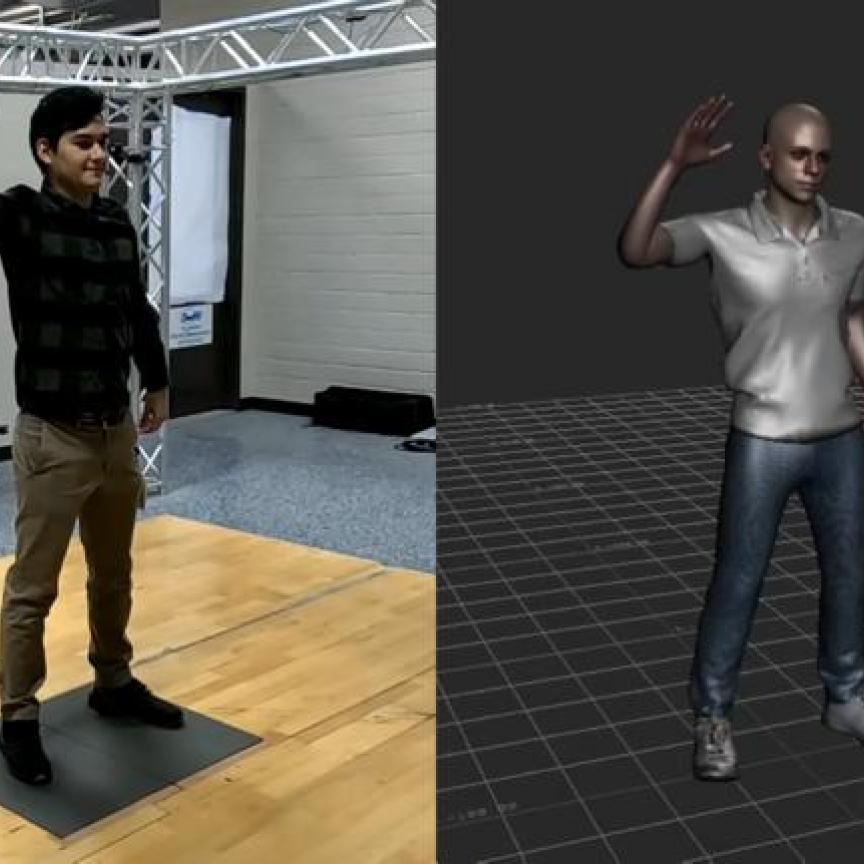The computing giant’s revolutionary concept of ‘Circular Centers’ aims to securely and sustainably recycle up to 90% of demanufactured hard drives by 2025.
As computer use has increased over the past 50 years, so has the disposal problem. With the number of hard drives being used worldwide greater than the number of people there are to use them, and a hard drive’s average lifespan only five years,
Computer use has increased (and continues to increase) exponentially over the past 50 years). With the number of working hard drives worldwide greater than the number of people there are to use them – and the average lifespan only around five years – disposal is a growing problem. Especially in a world that is increasingly conscious of both sustainability and data security.
When Ranganathan Srikanth – a principal data scientist at Microsoft – had the opportunity to take on the problem through Microsoft Garage – a company-wide programme that encourages employees to partake in experimentation, collaboration and creativity on passion projects, even those with little or no relation to their primary role – he took on the challenge to eliminate the threat posed by spent hard drives.
“All of this began because one person couldn’t stand the waste and pulled together a team of like-minded individuals to build a robot on a table in Building 92 one week in September 2022”, said Ed Essey, director of business value at Microsoft Garage, who coached Srikanth’s assembled team or data scientists and computer vision and robotics experts.
The MV/AI solution to recycle spent hard drives
With still-working hard drives regularly replaced at data centres to avoid disrupted services if/when they do break, 20 to 70 million are shredded every year, with only a small percentage being recycled due to the time required to disassemble the parts correctly.
Although relatively simple to dismantle by hand, the scale of binned hard drives make it impossible to have any real effect on the numbers. Srikanth’s ‘Saving the Planet One Hard Drive at a Time’ project involved asking robots, combined with AI-powered computer vision, to separate the components and sort them for recycling – with only the platters (the parts that hold the sensitive data) sent for secure shredding, and other materials such as the valuable neodymium magnets saved.
The challenge now, is to train the vision system to recognise the various screws and materials, and sort them based on their appearance. Although the project is beginning with Microsoft’s own hard drives, the system could be developed to include entire laptops desktop PCs.
Computer vision for recycling at home
If the research and its applications are successful, Microsoft or other developers, manufacturers and retailers could offer recycling services for consumers to securely recycle their home computers. But this isn’t the only way in which image sensors can help with consumer recycling.
Cambridge Consultants used machine vision and machine learning to build a smart recycling unit to help consumers identify different types of waste and whether or not it can be recycled.
“Consumer brands are coming under increasing pressure from the government, lobby groups and consumers to take responsibility for the end-of-life of their products,” said Sajith Wimalaratne, Cambridge Consultants’ food and beverage commercial manager.


